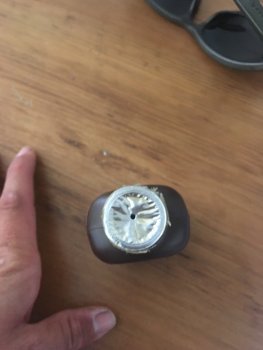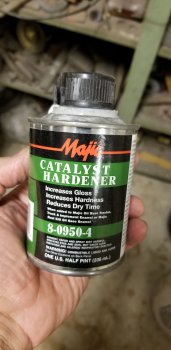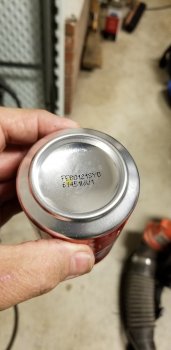Chris Railey
Well-Known Member
I love a Tru-Oil finish but I have a torrid relationship with it. It does not like to dry for me. I put it on Ed Caffery style so its extremely thin layers but some times 24-48 hours later its still tacky. I use multiple coats and do not wish to apply coats for a solid month before its done. I have read amor-all mixed in will cause it to dry faster but that gives me the creeps for some reason. If I mix a little Japan dryer with some tru oil will it speed up the dry? I have never used japan dryer. Its not the wood species either because it does the same with walnut, maple or cocobolo. Thanks.



